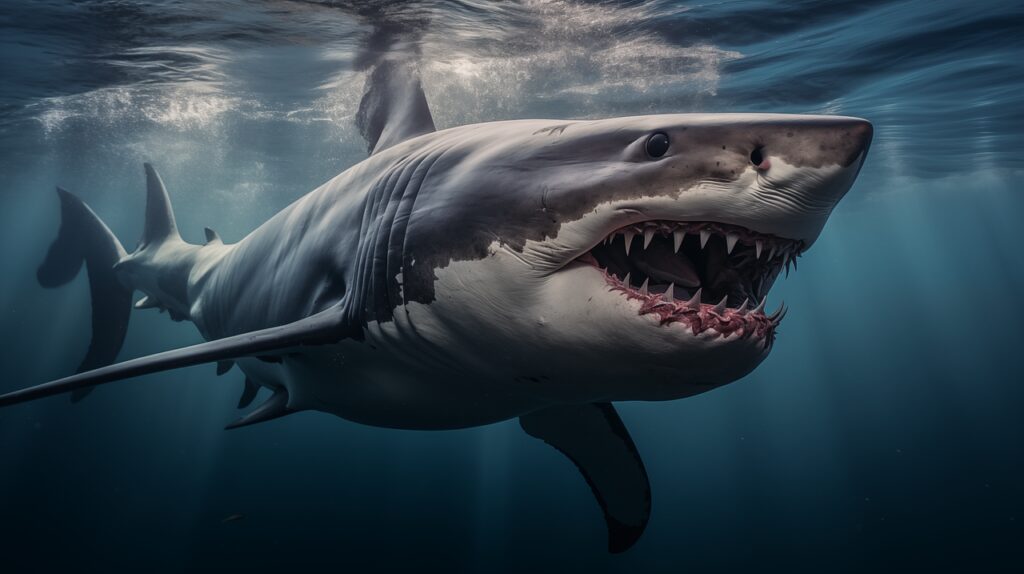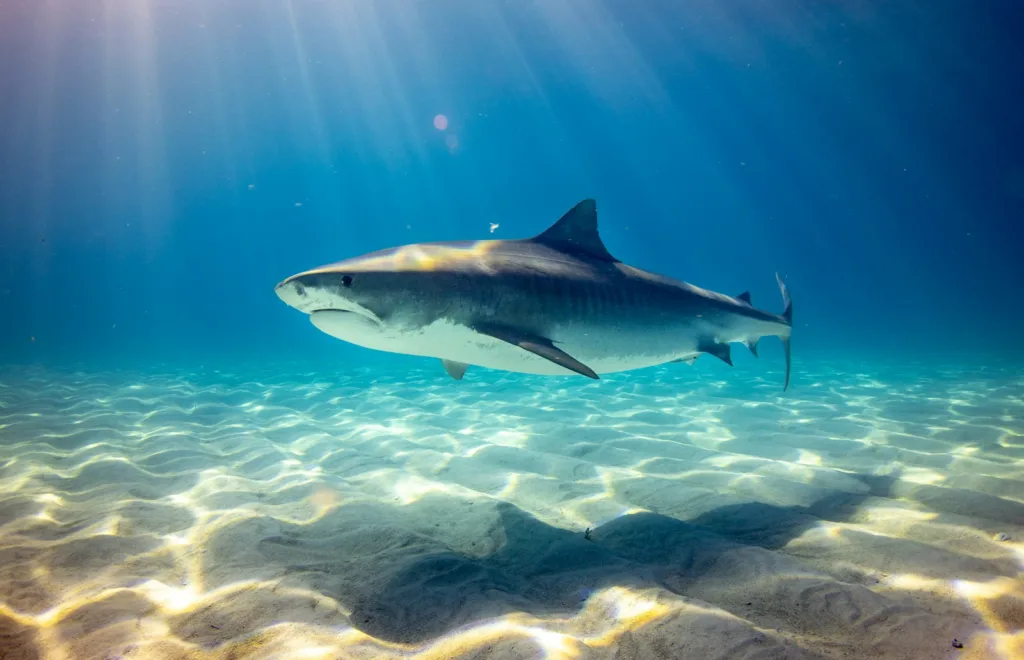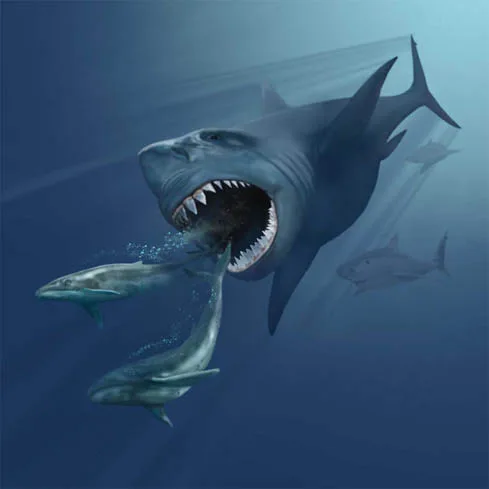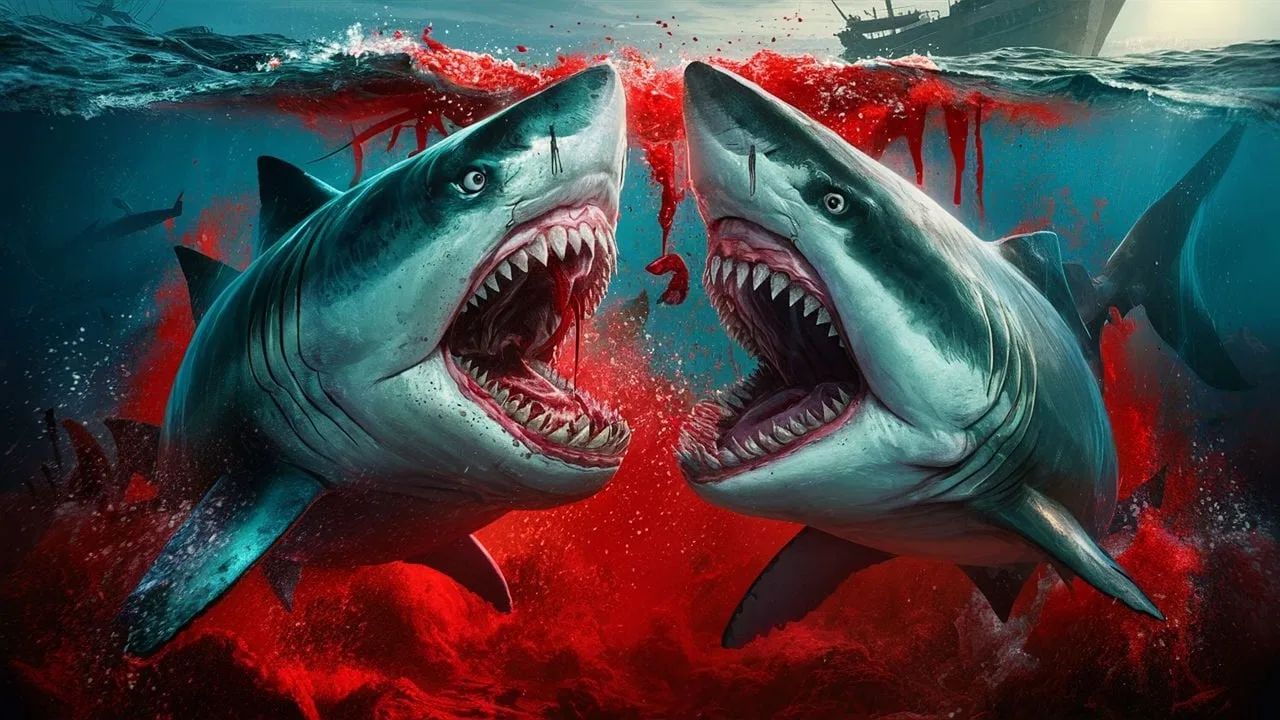Table of Contents
The Megalodon was not at all like a massive great white shark.
Based on recent research of fossil evidence, Megalodon, the ancient shark that is commonly portrayed as a super-sized great white shark, was actually a quite different species. Scientists studying sharks have found that the ferocious predator was longer, more slender, and hunted in a different manner.
The largest known animal could have been a super-predator Triassic ichthyosaur.
Otodus megalodon, most famous for being shown in the Meg film series, became extinct approximately 3.5 million years ago. We can’t be certain of its actual size because no entire skeleton has ever been discovered, but it was undoubtedly one of the largest marine predators to have ever existed.

In 2022, a study led by Jack Cooper of Swansea University in the United Kingdom and his associates used a partially fossilized skeleton known as IRSNB P 9893, which is kept at the Royal Belgian Institute of Natural Sciences in Brussels, to recreate the species. The findings revealed a muscular, stocky shark that was designed for quick bursts of speed to attack prey. It resembled the modern great white shark (Carcharodon carcharias), but it was around three times longer at 15.9 meters.
According to Charles Underwood of Birkbeck University of London, the study’s “tenuous assumptions” regarding the megalodon’s size were primarily based on the fact that, while having far larger teeth than great whites, it shared similarities with them. He is one of 26 shark specialists working on a new study that aims to correct the myths.

Underwood claims that the incompleteness of the partial skeleton escaped the notice of Cooper’s team. He claims that many of the vertebrae in it are missing since they do not exhibit the normal tapering in size towards the shark’s head and tail.
According to the research team behind the new study, a shark with a megalodon-like length would be extremely heavy, whereas a shark with a more slender body form would have a stronger spinal column.
According to Underwood, “it would most likely not be feeding like modern great whites.” It wouldn’t be approaching the ocean floor from underneath, essentially tearing it apart, and then waiting for a whale to pass over it. Less of an ambush predator and more of a direct pursuit would be involved. Considering that it lacks acceleration and top speed.”

The largest known specimen of megalodon was believed to be 20 meters long based on another incomplete fossil. According to Underwood, it may have actually been twenty percent longer, or 24 meters long.
Nevertheless, Cooper maintains his reconstruction of a shorter, stockier megalodon and rejects the new findings as being overly simplistic. “The long and short of it that no matter which hypothesis you support about its body shape, it was very big shark,” according to him. Of course, knowing more would be greatly aided by having a whole skeleton. However, I don’t think we should anticipate that this will end all of the arguments around this incredibly captivating species.”
However, the likelihood of discovering a complete, well-preserved example may be low. While searching for new living species, Eva Stewart of the University of Southampton in the UK, who was not involved in the research, says she has found several megalodon teeth but has not come across any more complete specimens.
“I think it’s just the rest of the skeleton doesn’t seem to be well preserved,” she continues. “With the megalodon, there’s not actually much fossil evidence at all.”
read also : Alarms Raised After Dead Fish Is Unexpectedly Found in California Lake 2024
Megalodon was nothing like a giant great white shark (msn.com)


1 thought on “The Megalodon was not at all like a massive great white shark.”